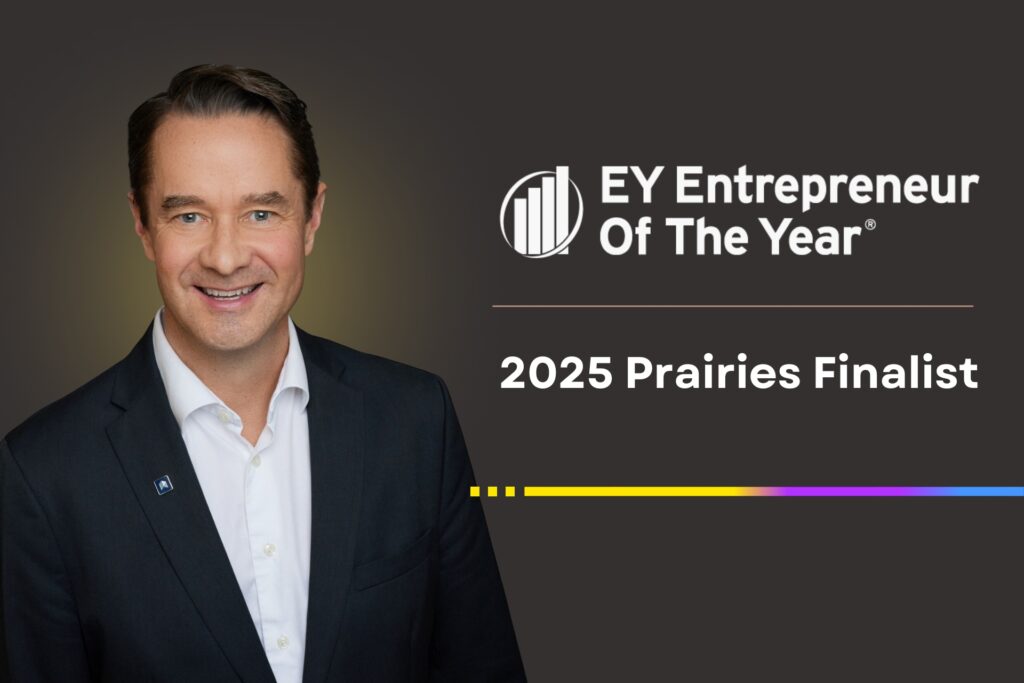Lights, Camera, RESUME, Action!
Share This Article
You know the hottest trends in recruiting for 2018 are Artificial intelligence (AI), Big Data, and Redesigned Interview Strategies (translation: Video interviews), but are you a prepared candidate?
Here’s what is working to your advantage:
Artificial Intelligence
The good news is, AI is working for you, it has helped reduce recruiter bias (unconscious bias) when selecting candidates. AI evaluates skills rather than demographics, race and age, gender, etc… The result is simple, talented candidates are fast tracked through the screening process.
Big Data
The concept of big data has been around for years; and for the majority, is also working to a candidate’s advantage. Most organizations now understand if they capture important data that streams into their businesses, they can apply analytics and in return, garner significant value. In recruitment, it helps make the connections between various data points and uses those insights to help hiring managers make well-informed decisions.
And here is what may have you at a disadvantage:
Redesigned Interview Strategies (The Video Interview)
The ‘interview’ has been, and I believe will continue to be, a crucial phase in the recruitment process. It only makes sense that companies continue to invest in this area. Currently, video conferencing is being leveraged for screening candidates for remote work; virtual reality technologies have proven effective in assessing skills in simulated work environments; and one way video interviews are assisting hiring managers to effectively screen and select applicants throughout in their hiring process.
Of these three tools, one way video interviewing seems to be on the rise at the most rapid rate. Video and voice interviews are revealing key candidate communication and personality during the selection process and are helping companies save time, avoid scheduling conflicts, compare and contract candidates in a more efficient manner, and receive timely feedback from colleagues regarding their shortlisted candidates.
Like it or not, digital interviews are an increasing reality. Did you know that a mere seven percent (yes 7 %!) of video communication is what is actually spoken? Communication is 55% body language. Even if you are not speaking a single word, you are communicating. Everything about your body language conveys a message; whether you are nervous, confident, proud, annoyed, humble, etc. Aside from the obvious interview preparation tactics, you should always give equal importance to good body language, presenting yourself in the best way possible throughout the entire interview.
Avoid
Skimming through the instructions
It’s always important to thoroughly read instructions provided to you, especially if you’re about to do something that you may not be totally familiar with. If you carefully read the one-way interview instructions, you can avoid delays in completing your interview.
Having people in the room with you
Try your best to find a quiet, private environment to record your one-way interview (And, please make sure it isn’t your bathroom – yes, this has happened!). If there are other people, including pets, in the room or nearby, it can major distraction to you and to the recruiter/hiring manager conducting your interview. The focus should solely be on you.
Recording with no audio
If you are using a computer to complete your one-way interview, make sure to verify the microphone you are using is functional before recording. Additionally, you should always playback your first recorded answer to make certain that you’re audio and webcam are also working properly. Take advantage of the practice video.
Recording without seeing yourself on the screen
If you don’t see yourself on the screen when recording, that means your webcam isn’t properly connected or verified. Don’t make the mistake of continuing to record if this is the case.
Recording in a messy space
Be conscious of what the background of your video will say about your candidacy. Make sure to record in an area that looks clean and professional.
Not speaking clearly
Don’t force a recruiter or hiring manager to turn up the volume or strain their ears to hear your answers to their interview questions. Speak loudly and clearly so that you can be understood. It would be a shame for your one-way interview to be passed over just because the person reviewing it had no idea what you were saying.
Getting too comfortable
A great thing about one-way interviews is that they’re convenient for both employers and job seekers. You can complete your one-way from anywhere via your mobile phone or from the comfort of your own home using a computer and webcam. However, you should still be professional and treat the one-way interview as if it were a traditional in-office interview. Dress appropriately from head to toe; don’t pair your dress shirt and blazer with pyjama pants and slippers. Also, now is not the time to get cozy in your favourite armchair. Be aware of your posture and make sure you are sitting up straight to show that you are confident and taking the interview seriously.
Your preparation for a one-way interview should be no different from how you prepare for an in-person interview. Rehearse your responses to interview questions so that you sound natural and sincere when you are ready to record. Take your time in composing your responses.
DO
Establish eye contact
Maintaining eye contact in a video interview may seem tricky and even awkward, but it is possible and necessary. When recording your one-way video interview, be sure to look straight into the webcam — do not look at yourself on the screen. Imagine that there is a person sitting across from you listening to your answers. When you look into the webcam, the recruiter/hiring manager who will be reviewing your one-way interview will feel more engaged because it’s as if you’re looking at them. Also, be aware of the lighting. Lighting is crucial. Two lights in front of you and one behind you are good. In some cases, (unbeknownst to the applicant) we have seen the “Phantom of the Opera” on the other side of the screen, or lighting mistakes that make a person suddenly appear 10 years older than their actual age. One way to be certain of the lighting’s effect is to take the time to see the prospective result from the other side of the screen in advance.
Sit up straight
Good posture in an interview is very important. Slouching or leaning back in your seat may give off the impression that you aren’t taking the interview seriously or vibes of boredom and disinterest. Crossing your arms should also be avoided as this is a signal perceived as unapproachable and defensive. Camera angles are important. You shouldn’t be looking up or down at the camera. And, of course, at all costs, you want to avoid the classic mistake of the camera pointing directly into the nose.
Sit Still
When people have a lot of nervous energy, they tend to shake their legs, move their hands around a lot, or tap their fingers on the table. Try your best to avoid movements that may convey that you’re nervous and may be distracting to the recruiter/hiring manager reviewing your interview.
Smile!
You may feel nervous and stressed, but that doesn’t have to show on your face. A smile can help hide your insecurities and calm your nerves, while also making you seem approachable.
Overall, you should still be aiming to present yourself as a top-tier candidate even when it’s not really face-to-face.
Happy Filming!




